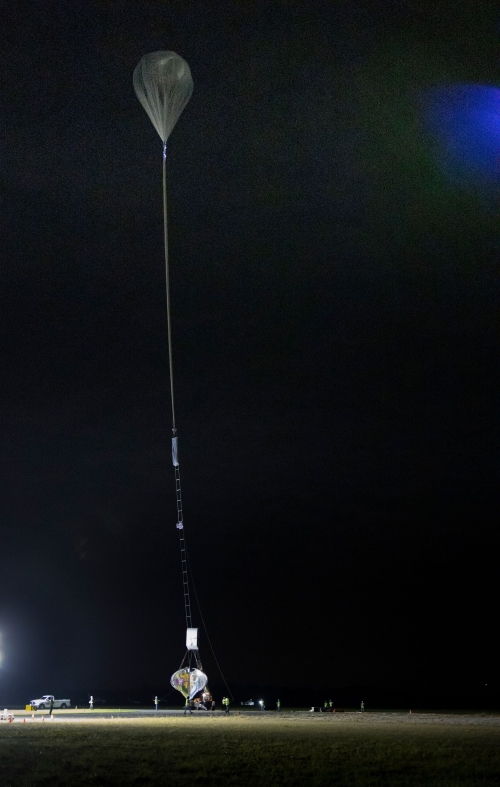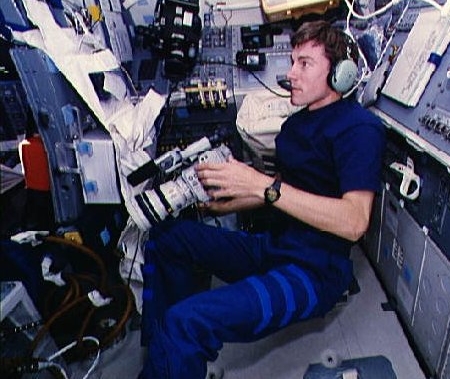Ariane 6 inaugural launch date appears to be delayed again
It appears that officials at the European Space Agency (ESA) have begun preparing the public for a further delay in the first launch of its new Ariane 6 rocket, from the second quarter of 2022, as announced in October 2020, to the third quarter of 2022, at the earliest.
Josef Aschbacher, director general of the European Space Agency, at the Paris Air Forum [described the creation of] “a small group” … to make an independent assessment of the schedule for the final development phase of the Ariane 6 rocket. The goal of this task force will be to ensure that Europe does everything it needs to do launch on time.
…In referring to an “on time” launch, Aschbacher said he meant next year, before the European Space Agency’s Ministerial Council meeting that is typically held in October or November. This is a high-level meeting where representatives from each member nation of the space agency gather to set policy. The European Space Agency’s budget is provided, in varying amounts, by member nations. “This is a must,” Aschbacher said of launching before the 2022 meeting, “because we need good news, and good success, for our politicians to see that Europe performs, that Europe delivers, and therefore it is worth investing in space in the ministerial conference.”
It appears from these statements that the development of Ariane 6 is now faced with delays that might make a launch by the third quarter in ’22 difficult, and this new independent committee is being put together to try to forestall that possibility. What makes this even more significant for Ariane 6 is that it continues to have trouble winning contracts from the nations within ESA, as it remains far more expensive that SpaceX’s Falcon 9. If that first launch is delayed past that important fall ’22 high-level meeting, those politicians at that meeting might decide to consider serious new alternatives to it, or even more drastically decide to replace it entirely.
It appears that officials at the European Space Agency (ESA) have begun preparing the public for a further delay in the first launch of its new Ariane 6 rocket, from the second quarter of 2022, as announced in October 2020, to the third quarter of 2022, at the earliest.
Josef Aschbacher, director general of the European Space Agency, at the Paris Air Forum [described the creation of] “a small group” … to make an independent assessment of the schedule for the final development phase of the Ariane 6 rocket. The goal of this task force will be to ensure that Europe does everything it needs to do launch on time.
…In referring to an “on time” launch, Aschbacher said he meant next year, before the European Space Agency’s Ministerial Council meeting that is typically held in October or November. This is a high-level meeting where representatives from each member nation of the space agency gather to set policy. The European Space Agency’s budget is provided, in varying amounts, by member nations. “This is a must,” Aschbacher said of launching before the 2022 meeting, “because we need good news, and good success, for our politicians to see that Europe performs, that Europe delivers, and therefore it is worth investing in space in the ministerial conference.”
It appears from these statements that the development of Ariane 6 is now faced with delays that might make a launch by the third quarter in ’22 difficult, and this new independent committee is being put together to try to forestall that possibility. What makes this even more significant for Ariane 6 is that it continues to have trouble winning contracts from the nations within ESA, as it remains far more expensive that SpaceX’s Falcon 9. If that first launch is delayed past that important fall ’22 high-level meeting, those politicians at that meeting might decide to consider serious new alternatives to it, or even more drastically decide to replace it entirely.


